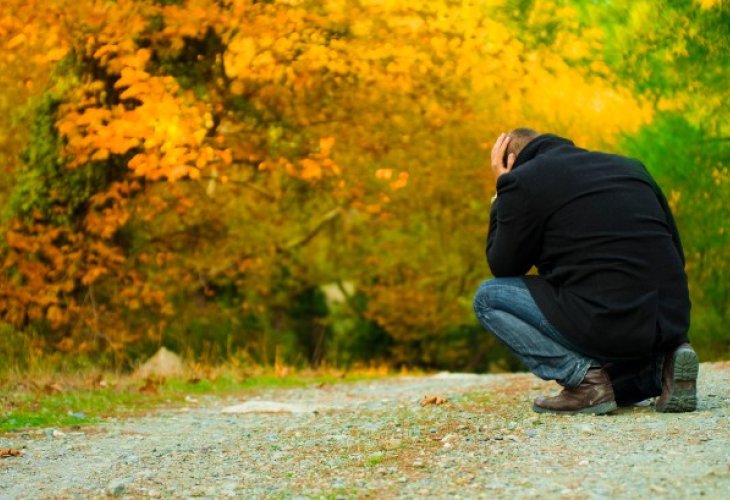Kabbalah and Mysticism
The Zohar: Authorship, Origins, and the Debate Over Kabbalah’s Most Mysterious Book
Discover the evidence, tradition, and enduring influence of this foundational Kabbalistic text
 The Zohar (Photo: shutterstock)
The Zohar (Photo: shutterstock)The Book of the Zohar is one of the foundational works of Kabbalistic wisdom. According to Jewish tradition, it was written by Rabbi Shimon bar Yochai (Rashbi), one of the greatest sages of the Talmudic era. However, the identity of its true author has been a subject of significant scholarly debate.
What is certain is that the Zohar first appeared publicly in 13th-century Spain, through Rabbi Moshe de León, who disseminated it widely. Following its revelation, Jewish scholars across generations debated its origins, producing entire works defending or questioning its authenticity.
The Traditional View
Rabbi Eli Amar summarizes the traditional stance: “The Zohar, which deals with the hidden dimension of the Torah, was written by Rabbi Shimon bar Yochai. All its teachings are presented in his name. It is true that at a later stage, his disciples completed the written form of the text.”
Why Is There Debate About Its Authorship?
If the Zohar is so revered, why the controversy? “It’s quite simple,” explains Rabbi Amar. “Rabbi Shimon bar Yochai lived around 1,800 years ago. For over a thousand years, there was silence surrounding the Zohar — it was transmitted only from teacher to disciple, as was the case with all mystical knowledge. When Rabbi Moshe de León published it, he brought it wide attention and therefore some critics assumed he must have authored it himself.”
However, many of the greatest Jewish sages including the Ramchal (Rabbi Moshe Chaim Luzzatto), the disciples of the Vilna Gaon, and others, firmly defended the traditional view that the Zohar originates from Rashbi.
Rabbi Yehuda Aryeh of Modena, in his polemical book Ari Nohem, attacked both the Zohar and the study of Kabbalah. His work, however, faced harsh criticism from leading scholars. Works such as Magen veTzinah by Rabbi Yitzchak Chaver, Kadmut haZohar by Rabbi David Luria (the Radal), and Zohar haRakia by the Rebbe of Radzin were all written to counter his claims.
The Ramchal, the Arizal, and the Vilna Gaon also insisted that those who doubted the Zohar’s authenticity simply misunderstood its depth and origins.
Why Isn’t the Zohar Mentioned in Earlier Sources?
Critics often point out that the Zohar is not mentioned explicitly in early rabbinic texts. Rabbi Amar explains: “That’s true — but in earlier times, the Zohar was known under different names, such as Midreshei Rashbi or Midrash Yerushalmi. The title Zohar was only given in the 13th century, symbolizing the ‘light’ that illuminated the world in that generation.”
He adds: “The claim that Rabbi Moshe de León could have composed the Zohar in just six years is unfounded. His knowledge of Aramaic and Biblical Hebrew was not deep enough to produce such a vast, linguistically intricate work — even if he had wanted to.”
The Legacy of the Zohar
Regardless of the ongoing scholarly debate, the Zohar remains the central text of Jewish mysticism, studied across the world by scholars, mystics, and seekers of spiritual truth.
Its teachings on divine light, human purpose, and the inner structure of creation continue to inspire countless generations — truly living up to its name: “Zohar” — meaning Radiance — the light that illuminates the soul.

